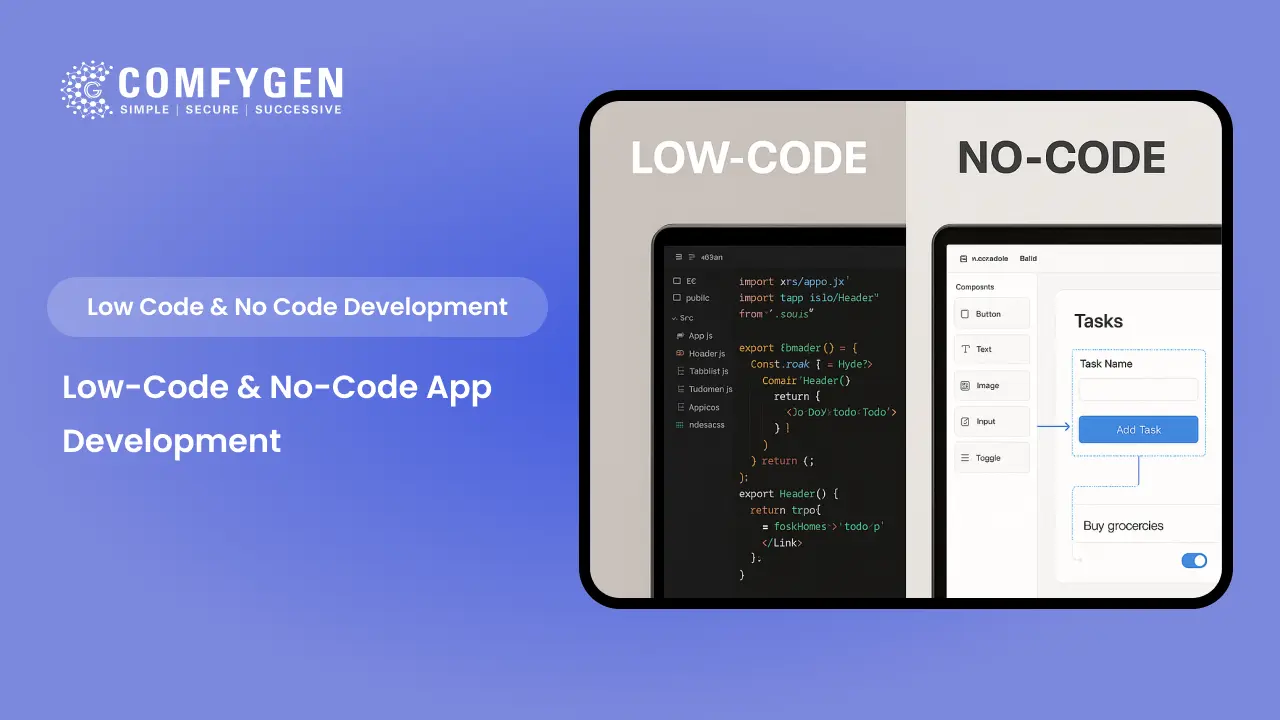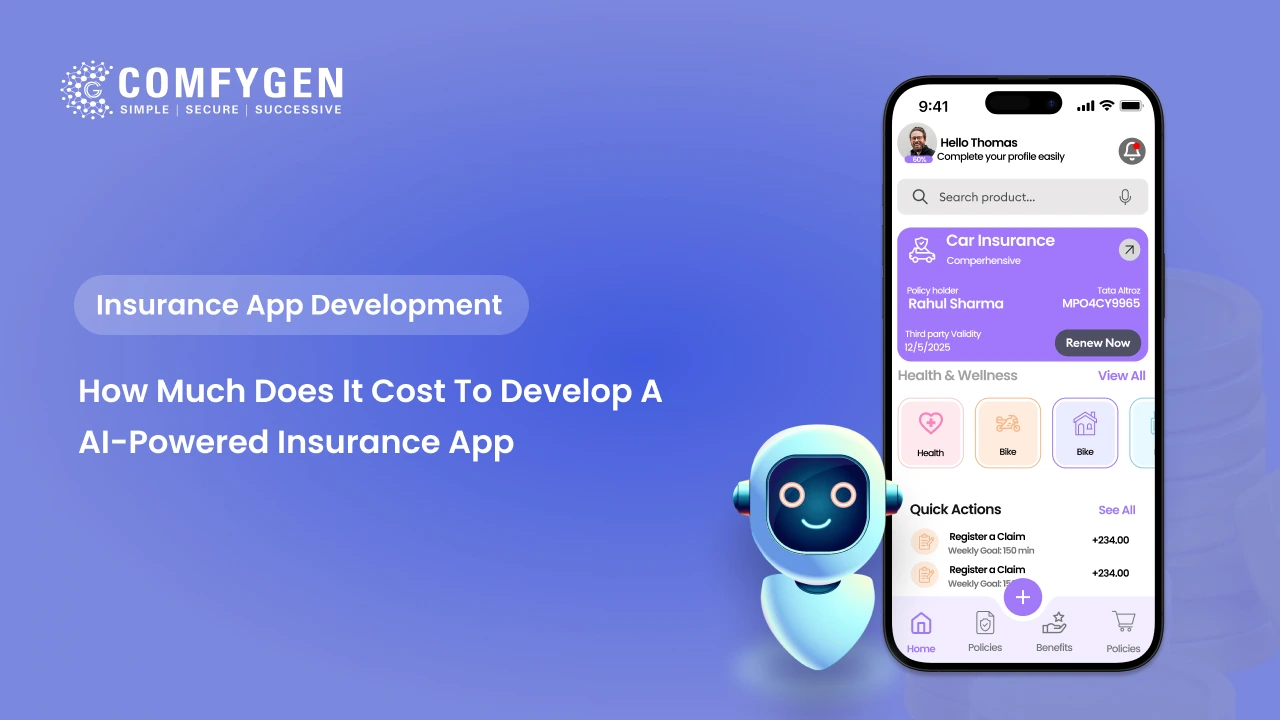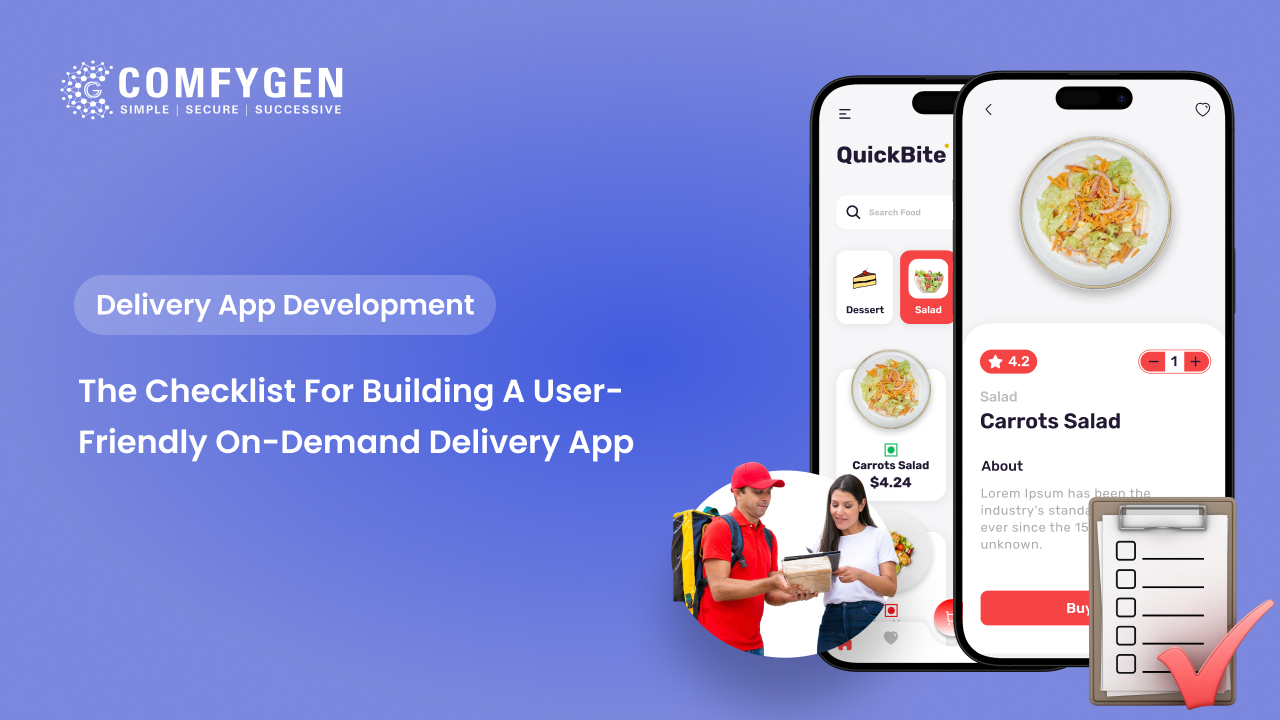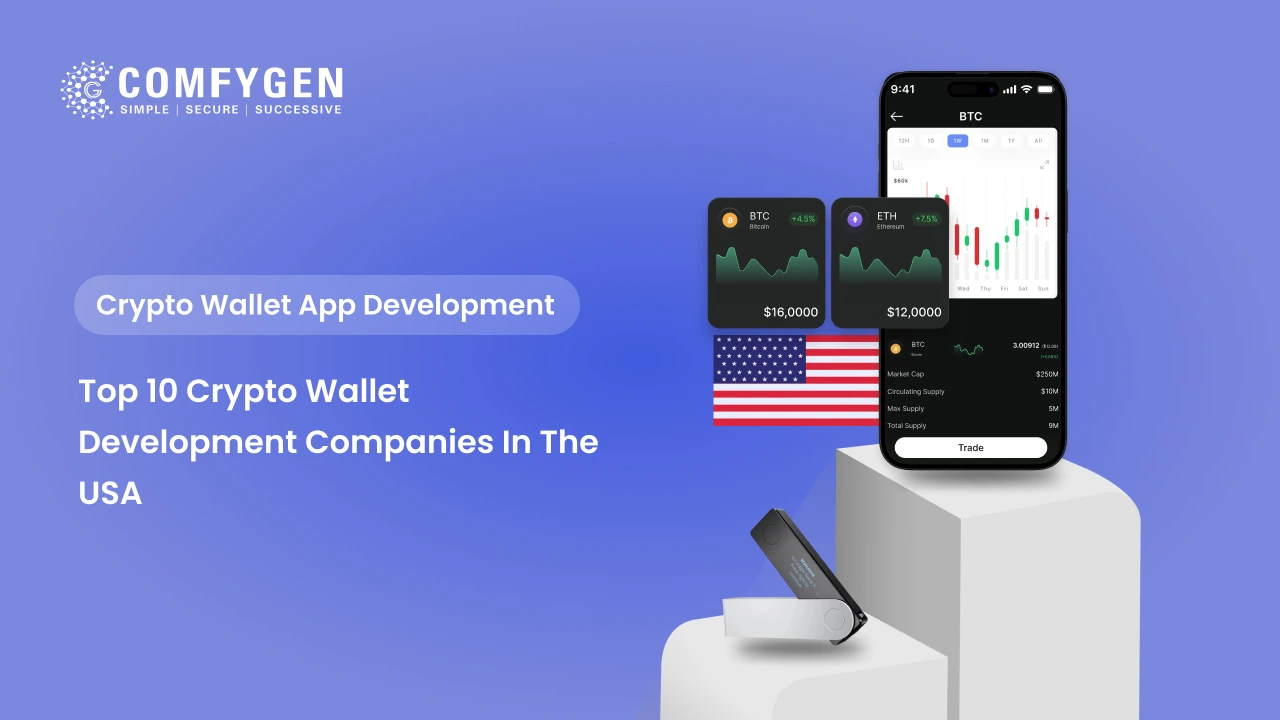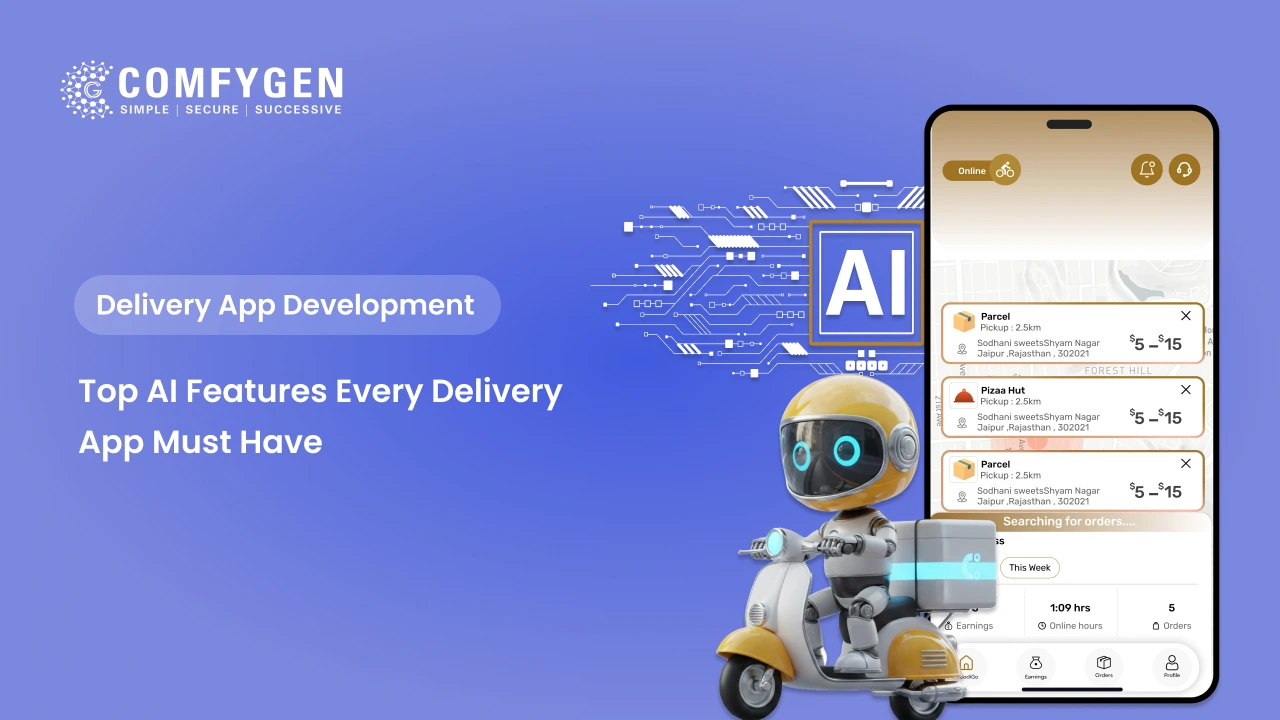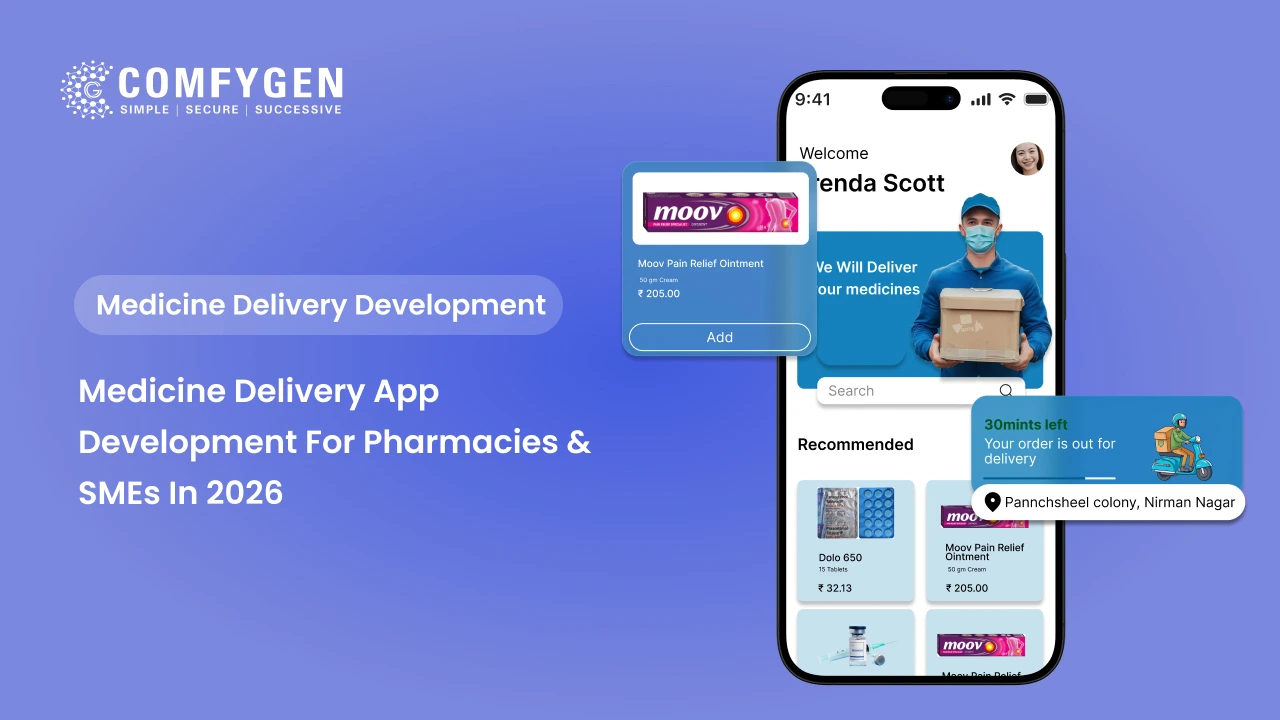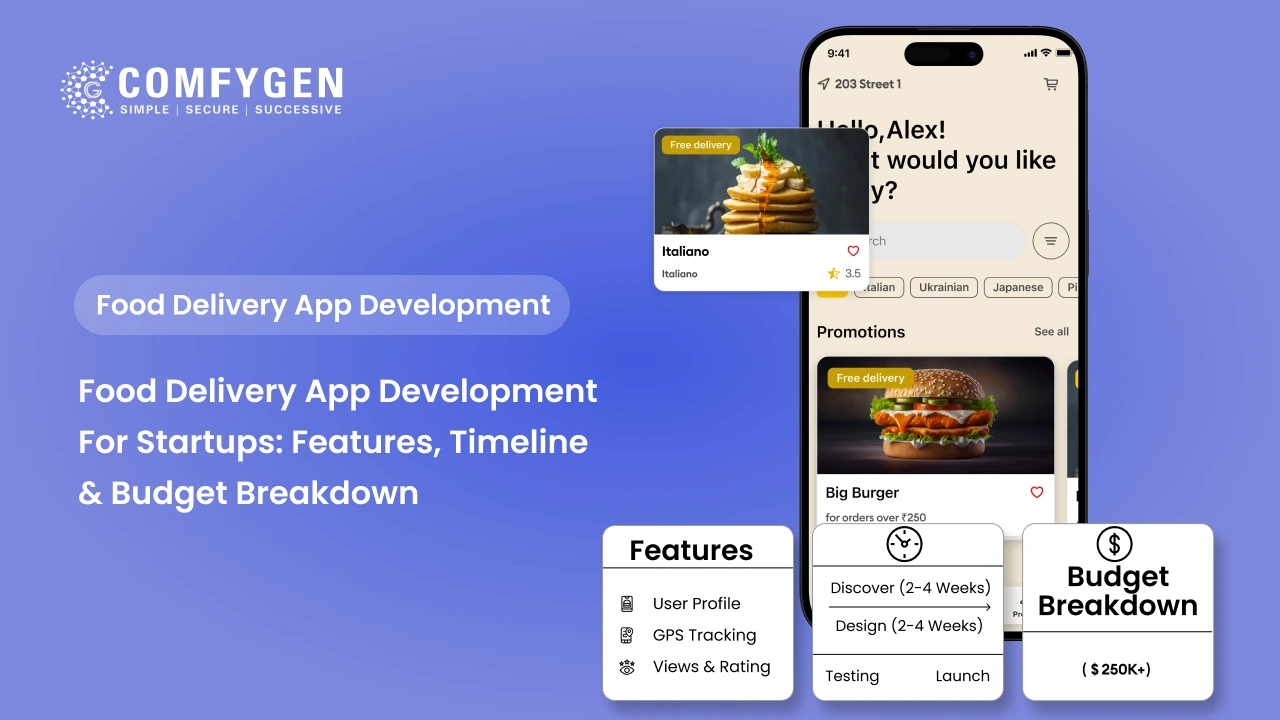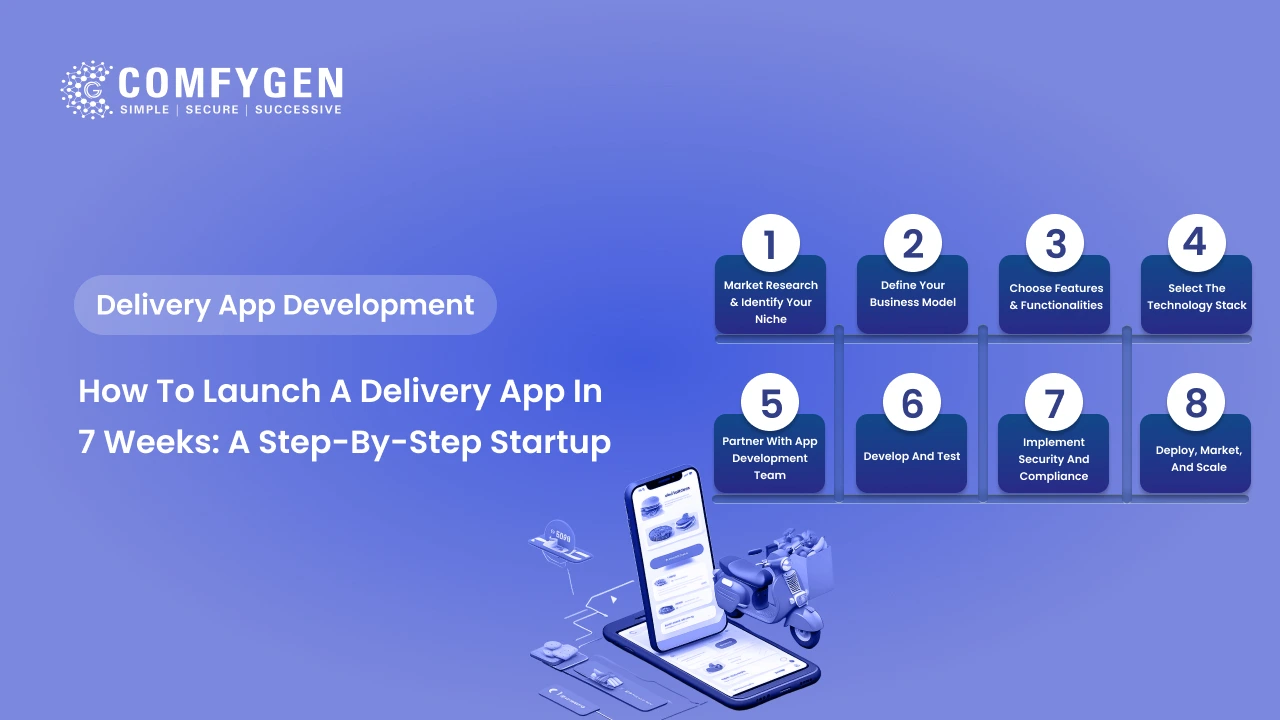What is Low Code & No Code Development : The Future of Building Apps Without Coding
In today’s fast-paced digital landscape, businesses need to innovate quickly. Low-code and No-code app development platforms have emerged as powerful tools that enable rapid app creation with minimal or no coding required. These platforms are democratizing app development by allowing non-developers and citizen developers to build functional, scalable apps.
What is Low Code Development?
Low-code platforms require some coding but significantly reduce manual programming. Developers can use visual development tools combined with custom code to build more complex, enterprise-grade applications faster than traditional development methods.
What is No Code Development?
No-code platforms allow users to create applications using visual interfaces, drag-and-drop tools, and pre-built modules without writing any code. They’re ideal for building simple apps quickly, especially for internal business needs or MVPs.
Differences Between Low Code and No Code
- Low Code: Suitable for developers, more flexibility and control.
- No Code: No technical background required, limited customization.
Why These Platforms Are Gaining Popularity
Low code and No code platforms are gaining popularity because they empower businesses to build apps faster without deep coding knowledge. Their speed, affordability, and ease of use make them ideal for rapid digital transformation across industries.
- Rapid digital transformation
- Shortage of skilled developers
- Cost-efficiency
- Agile business needs
Benefits of Low Code and No Code App Development
Low code and No code development significantly reduce time-to-market, allowing businesses to launch apps faster and at lower costs. They also enable greater flexibility, easier updates, and broader team collaboration without heavy reliance on developers.
| Faster Time-to-Market | Build and launch apps within days or weeks. |
| Reduced Development Costs | Fewer developers needed, shorter timelines. |
| Empowering Non-Technical Users | Enables business users to create apps. |
| Greater Flexibility and Scalability | Easily modify apps as business needs evolve. |
| Easy Maintenance and Updates | Visual tools make changes and updates simple. |
Key Use Cases and Applications
Low code and No code platforms are perfect for building MVPs, internal tools, and customer-facing apps like e-commerce, on-demand services, and eLearning platforms. Their speed and flexibility make them ideal for a wide range of business applications across industries.
- MVP Development: Quickly validate startup ideas.
- Internal Business Tools: Automate workflows and manage operations.
- E-commerce & Marketplace Apps: Launch stores and platforms rapidly.
- On-Demand Services: Apps for logistics, delivery, etc.
- Education Platforms: Build and manage eLearning tools.
Popular Low Code and No Code Platforms
Popular Low Code and No Code Platforms like Bubble, Adalo, OutSystems, and Power Apps empower users to build apps quickly using visual interfaces. These tools simplify development, reduce time-to-market, and support a wide range of business use cases.
| Low Code | No Code |
| OutSystems | Bubble |
| Mendix | Adalo |
| Microsoft Power Apps | Glide |
| Appgyver | Thunkable |
| Zoho Creator | Softr |
Low-Code/No-Code vs Traditional Development
Low-code/No-code platforms offer speed, affordability, and ease of use—ideal for simple to moderately complex apps. Traditional development, while slower and more resource-intensive, provides full control, scalability, and custom functionality for complex projects.
When to Choose Low Code/No Code:
Low-code/No-code is ideal when you need to launch fast with limited resources, especially for MVPs or internal tools. It’s perfect for quick iterations without heavy technical investment.
- Limited budget or time
- MVP or internal apps
- Quick iterations
When Traditional Development is Better:
For apps requiring complex logic, advanced integrations, or stringent security, traditional coding offers greater control and customization. It’s the go-to for performance-intensive, enterprise-grade solutions.
- Complex logic or integrations
- High security or performance needs
Industries Benefiting from Low Code/No Code Solutions
-
Healthcare – No-code platforms streamline patient management, appointment scheduling, and internal workflows. They enable rapid deployment of compliant healthcare apps without heavy IT investment.
-
Fintech – Fintech companies use low-code tools to build secure, scalable apps for transactions, user onboarding, and data analytics—accelerating innovation while meeting compliance needs.
-
Real Estate – Real estate firms benefit from apps for listings, lead tracking, and virtual tours. No-code tools help automate processes and improve customer engagement without long dev cycles.
-
Retail & E-commerce – Retailers quickly launch product catalogs, loyalty apps, and inventory systems with low-code platforms. It enables omnichannel experiences without high development overhead.
-
Logistics & Transportation – Companies build apps for fleet tracking, delivery management, and real-time updates. Low-code tools improve operational efficiency and reduce time-to-deployment.
-
Education
Schools and edtech firms create eLearning platforms, course managers, and student portals with ease. No-code development supports fast content delivery and remote learning.
Limitations and Challenges
-
Vendor Lock-In – Relying on a specific platform can limit future flexibility, as migrating to another system may be costly or complex. This dependency can hinder long-term scalability and control.
-
Performance Issues in Complex Apps – Low code/No code platforms may struggle to handle apps with advanced logic or heavy data loads, leading to slower performance and limited optimization options.
-
Security Concerns – Built-in security features may not meet the standards required for sensitive data, especially in industries like finance or healthcare, making apps vulnerable if not managed properly.
-
Limited Customization – Predefined components restrict the ability to build highly tailored functionalities, which can be a barrier for businesses with unique or complex requirements.
-
Compliance Risks – Ensuring data privacy, regulatory compliance, and proper documentation can be harder with visual development tools that offer limited governance or audit trails.
How India is Becoming a Hub for Low Code/No Code Development
India is rapidly emerging as a global leader in no-code/low-code services. With a large pool of IT professionals, growing expertise in platforms like Bubble and Mendix, and competitive pricing, Indian IT companies are helping businesses worldwide adopt visual development models.
Customizing and Extending Low Code/No Code Apps
- Use APIs and integrations to add new functionalities.
- Combine visual development with custom code for advanced use cases.
- Extend platforms with plugins, third-party tools, and databases.
Best Practices for Low Code/No Code App Development
- Clearly define your goals and app logic.
- Choose the right platform based on project complexity.
- Plan for data security and compliance.
- Involve both business and IT stakeholders.
- Perform regular testing and iterations.
Low Code/No Code Development for Startups vs Enterprises
Startups – Startups benefit from low-code/no-code platforms by rapidly building MVPs, testing ideas, and launching apps with minimal investment—crucial for speed and budget constraints.
Enterprises – Enterprises use these platforms to streamline internal processes, automate workflows, and deploy departmental apps quickly, enhancing agility without overloading IT teams.
Why Comfygen Technologies is Best For Low Code/No Code App Development
Comfygen Technologies offers flexible low code and no code app development backed by full-cycle services—from UI/UX design and API integration to cloud deployment, DevOps, testing, and ongoing maintenance. Our technology-agnostic team works across Flutter, React Native, Swift, Kotlin, Node.js, Laravel, Firebase, AWS, Azure, and leading no-code platforms like OutSystems, Bubble, and Adalo—delivering efficient, scalable solutions tailored to your needs.
Future of Low Code and No Code Development
- Integration with AI and Machine Learning
- Rise of Citizen Developers
- More enterprise-grade features
- Mainstream adoption across industries
How to Choose the Right Low Code/No Code Development Partner
- Evaluate experience and platform specialization
- Check case studies and client testimonials
- Understand support and post-launch services
- Ensure legal protections like NDA and IP rights
Conclusion
Low code and No code development are transforming how businesses build software. Whether you’re a startup or a large enterprise, these platforms offer a flexible, cost-effective, and efficient way to innovate faster. With the right strategy and development partner, your app idea can come to life quicker than ever. Ready to accelerate your app development? Contact Comfygen Technologies today to get started!
FAQs
Is low-code/no-code suitable for building complex apps?
For basic apps or MVPs, no-code works well. Low-code is better suited for moderately complex apps. However, for highly complex apps requiring deep custom logic or advanced integrations, traditional development is usually more appropriate.
How secure are no-code and low-code platforms?
Most leading platforms follow best security practices, offer encryption, and comply with regulations like GDPR or HIPAA. However, it's important to work with an experienced development partner to ensure your app meets your business’s specific security standards.
Can I scale my app later if I start with no-code/low-code?
Yes, many platforms allow scaling. However, for large-scale applications, you might eventually migrate to custom-coded solutions. A good development strategy can help you start lean and plan for scalability.
Who should consider using low-code or no-code development?
Startups, small businesses, and enterprises can all benefit—especially when building MVPs, internal tools, or apps with tight budgets and timelines. These platforms are also great for non-technical teams to create and test digital solutions quickly.
What types of apps can be built using no-code or low-code platforms?
You can build a wide range of applications including MVPs, e-commerce apps, internal business tools, customer portals, booking systems, and even mobile or web apps for on-demand services and education platforms.
Which are some popular no-code and low-code platforms?
Popular platforms include Bubble, Adalo, OutSystems, Appgyver, Glide, and Thunkable for no-code, while Mendix, Microsoft Power Apps, and Retool are common low-code solutions. The choice depends on your app’s complexity and business needs.
How much does it cost to build an app using no-code or low-code platforms?
The cost is significantly lower compared to traditional development—typically 50–80% less. Final pricing depends on app complexity, chosen platform, integrations, and whether you need custom design or post-launch support.
Can I integrate third-party tools and APIs in no-code/low-code apps?
Yes! Many platforms offer built-in support for popular tools like Stripe, Google Maps, Firebase, and CRMs. Low-code platforms are especially flexible when it comes to custom API integrations.
How long does it take to launch an app using no-code or low-code?
Development time is drastically reduced. Simple apps can be launched in a few days to weeks, while more feature-rich solutions may take 4–6 weeks—far faster than traditional timelines.
Do I need a developer to build or maintain a no-code/low-code app?
For basic apps, you may not need a developer. But for more advanced features, integrations, or scalability, working with a skilled development partner like Comfygen Technologies ensures quality, security, and long-term success.
Is low-code/no-code suitable for building complex apps?
For basic apps or MVPs, no-code works well. Low-code is better suited for moderately complex apps. However, for highly complex apps requiring deep custom logic or advanced integrations, traditional development is usually more appropriate.
How secure are no-code and low-code platforms?
Most leading platforms follow best security practices, offer encryption, and comply with regulations like GDPR or HIPAA. However, it's important to work with an experienced development partner to ensure your app meets your business’s specific security standards.
Can I scale my app later if I start with no-code/low-code?
Yes, many platforms allow scaling. However, for large-scale applications, you might eventually migrate to custom-coded solutions. A good development strategy can help you start lean and plan for scalability.
Who should consider using low-code or no-code development?
Startups, small businesses, and enterprises can all benefit—especially when building MVPs, internal tools, or apps with tight budgets and timelines. These platforms are also great for non-technical teams to create and test digital solutions quickly.
What types of apps can be built using no-code or low-code platforms?
You can build a wide range of applications including MVPs, e-commerce apps, internal business tools, customer portals, booking systems, and even mobile or web apps for on-demand services and education platforms.
Which are some popular no-code and low-code platforms?
Popular platforms include Bubble, Adalo, OutSystems, Appgyver, Glide, and Thunkable for no-code, while Mendix, Microsoft Power Apps, and Retool are common low-code solutions. The choice depends on your app’s complexity and business needs.
How much does it cost to build an app using no-code or low-code platforms?
The cost is significantly lower compared to traditional development—typically 50–80% less. Final pricing depends on app complexity, chosen platform, integrations, and whether you need custom design or post-launch support.
Can I integrate third-party tools and APIs in no-code/low-code apps?
Yes! Many platforms offer built-in support for popular tools like Stripe, Google Maps, Firebase, and CRMs. Low-code platforms are especially flexible when it comes to custom API integrations.
How long does it take to launch an app using no-code or low-code?
Development time is drastically reduced. Simple apps can be launched in a few days to weeks, while more feature-rich solutions may take 4–6 weeks—far faster than traditional timelines.
Do I need a developer to build or maintain a no-code/low-code app?
For basic apps, you may not need a developer. But for more advanced features, integrations, or scalability, working with a skilled development partner like Comfygen Technologies ensures quality, security, and long-term success.

Mr. Saddam Husen, (CTO)
Mr. Saddam Husen, CTO at Comfygen, is a renowned Blockchain expert and IT consultant with extensive experience in blockchain development, crypto wallets, DeFi, ICOs, and smart contracts. Passionate about digital transformation, he helps businesses harness blockchain technology’s potential, driving innovation and enhancing IT infrastructure for global success.

